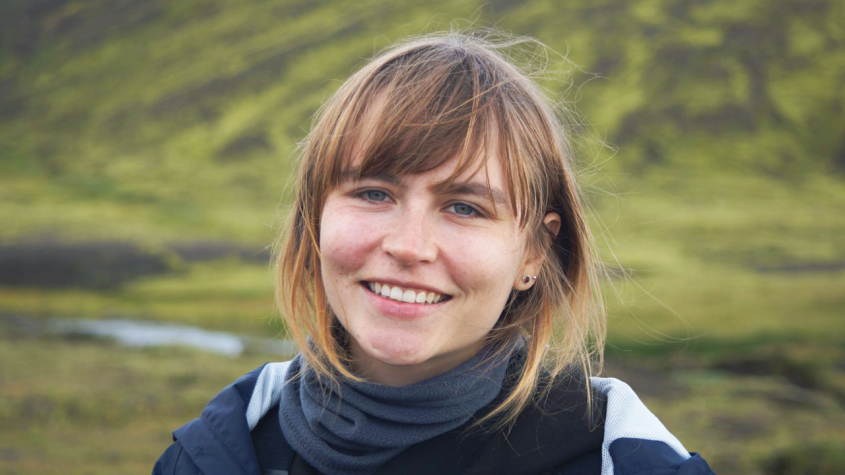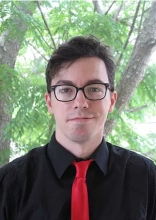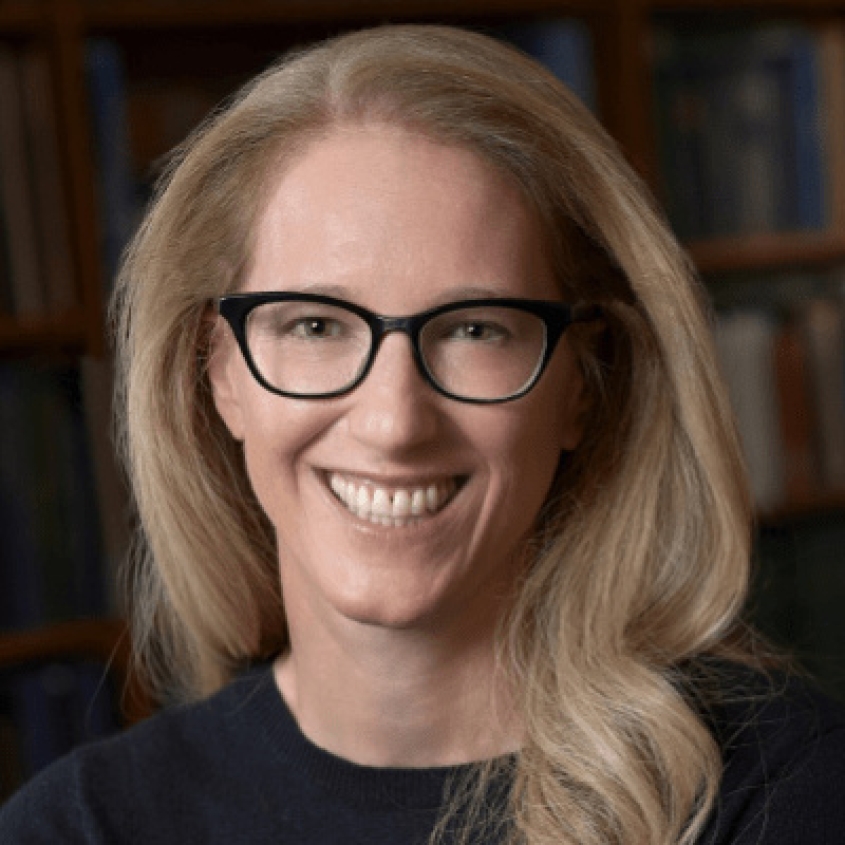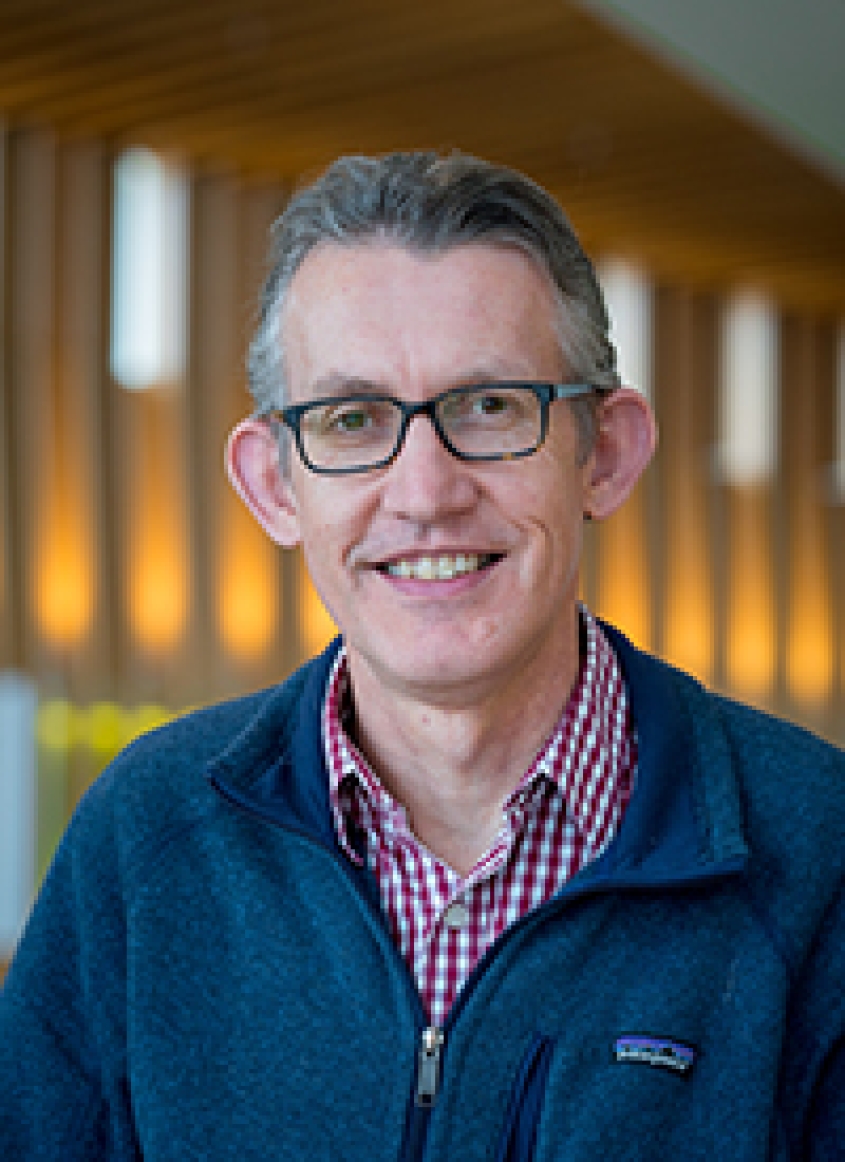Wildlife Conservation
Many of our researchers are a part of the Cornell K. Lisa Yang Center for Wildlife Health, which strives to sustain a healthier world by developing and implementing proactive, science-based solutions to challenges at the interface of wildlife health, domestic animal health, human health and livelihoods, and the environment that supports us all. With an emphasis on the types of interdisciplinary collaboration often required to foster real progress along the science to policy and action continuum, we work with a diverse range of stakeholders including governments, local communities, nongovernmental organizations, and students in the U.S. and around the world to promote environmental stewardship, build capacity for sustainable change through training and education, and undertake collaborative research and discovery that leads to real-world conservation and related health outcomes. Humanity has brought changes to Earth’s natural systems at a pace and scale that are difficult to overstate – our domination of land and sea has no precedent. If we are to successfully address the challenges of conserving wildlife on an increasingly human dominated planet, with species extinctions now one thousand times faster than before our rise, we must recognize that our own health, and that of the global economy, are inextricably linked to our stewardship of the natural world. We are thus committed to training the next generation of wildlife conservation and One Health leaders with an emphasis on applying sound science to influence real world policy and practice, from local to global.
At this time, we are able to offer two five-year Cornell K. Lisa Yang Wildlife Health Graduate Fellowships which will fully support PhD or DVM-seeking-PhD students within the BBS program. We anticipate that the applicant pool will be highly competitive.
While preparing an application, any prospective student interested in being considered for the Cornell K. Lisa Yang Wildlife Health Graduate Fellows Program is strongly encouraged to contact one or more faculty members whom they envision as potential PhD faculty mentors.
In addition, the applicant should specifically explain their interest in wildlife health / One Health in the application prompt for the Zoology & Wildlife Conservation Concentration. Fellows will be part of the Center’s vibrant, collaborative, multidisciplinary, and inclusive community of faculty, staff, and students working towards improving the health and well-being of animals, people, and the environment that supports us all.
Several Cornell College of Veterinary Medicine faculty participate in the Joint Graduate Training Program (JGTP) with the Smithsonian Conservation Biology Institute (SCBI). Please note: successful JGTP applicants are only admitted after a PI from SCBI and Cornell have signed a funding agreement to support the applicant for 5 years. Any prospective student interested in the JGTP must have made contact or have spent time working with a SCBI scientist. The applicant should address their SCBI connection and interest in the JGTP in their personal statement.
A student enrolled in the joint graduate training program has two research mentors, a Cornell Faculty member as your major advisor (Chair) and a scientific staff member from the SCBI to serve as your co-mentor. Utilizing expertise from both institutions, you would be working collaboratively and would be expected to study on site at both locations (Cornell in Ithaca, NY and SCBI in Front Royal, VA). During your first year you will have three lab rotations, including one at the SCBI. This SCBI rotation could occur in the summer prior to or after your first academic year. Please note: applicants to the Joint Graduate Training Program (JGTP) with the Smithsonian Conservation Biology Institute (SCBI) are not eligible for the Cornell K. Lisa Yang Center for Wildlife Health Graduate Fellowship.
| Faculty | Research Area(s) |
|---|---|
 Craig Altier | Molecular basis of Salmonella pathogenesis; the genetic and environmental control of epithelial cell invasion |
 Adam Boyko | Canine genomics, including understanding the mechanisms and consequences of inbreeding, drift and adaptation in populations undergoing natural and artificial selection |
 Elizabeth Buckles | How diseases of animals impact them on an individual and population level; conservation medicine |
| I am an Assistant Professor of Practice in the Department of Public and Ecosystem Health at Cornell University College of Veterinary Medicine and a Wildlife Veterinarian with the New York State Wildlife Health Program. Prior to this, I was the Research Veterinarian at Dauphin Island Sea Lab in Alabama where I oversaw stranding response, necropsies, and health and disease research for marine mammals for the state and offered educational opportunities to agency partners, volunteers, and students of all levels. | |
 Yung-Fu Chang | Mechanisms of infection, particularly leptospira and salmonella |
 Soon Hon Cheong | Postpartum ovarian and uterine health; epidemiology; regenerative medicine; microfluidics and assisted reproductive techniques |
Reproductive physiology; fertility preservation and control for rare and endangered species; assisted reproductive techniques; cryobiology of gametes and reproductive tissues; biostabilization Faculty member located at the Smithsonian Conservation Biology Institute- works with Smithsonian Joint Graduate Training Program students | |
 Kevin Cummings | Application of epidemiologic approaches to investigate the ecology and transmission of Salmonella and other foodborne pathogens among a wide variety of hosts |
 Maria Julia Bevilaqua Felippe | B cell response; neonatal and clinical immunology |
 Kathryn Fiorella | Planetary Health/One Health, fisheries, livelihoods, HIV/AIDS, nutrition, environmental change |
| I investigate what drives hosts’ contributions to pathogen dynamics across biological scales, from host-pathogen molecular interactions to host species interactions. To do so, I combine theoretical, observational, and experimental approaches, and consider various study systems in the lab and in the field, including emerging bat-borne viruses and their hosts, and bacterial pathogens of endangered seabirds. I collaborate with stakeholders to translate scientific outputs into sustainable, targeted solutions against pathogen threats, with the focus on ecological interventions. | |
 Rodman Getchell | Molecular diagnostics and emerging diseases of fish; target animal safety studies for new aquaculture therapeutants and chemicals |
 Martin Gilbert | Conservation impacts of wild carnivore health |
 Laura Goodman | Population and clinical studies; Pathogen discovery and surveillance, with focus areas on tick-borne disease and antimicrobial resistance; exploring the underlying mechanisms of infectious disease emergence and identifying biomarkers to detect and prevent emerging threats to humans and animals |
| I am an evolutionary biologist, comparative anatomist, and ecologist interested primarily in questions relating to ecomorphology and macroevolutionary trends. To address these questions, the Hedrick lab works on the functional morphology of a wide variety of vertebrate groups, including sensory, musculoskeletal, and reproductive systems. We commonly use micro-computed tomographic imaging, contrast-enhanced imaging (e.g., diceCT), evolutionary and biogeographical modeling, and geometric morphometrics. | |
 Motoko Mukai | Endocrine Disrupting Compounds (EDCs); neuroendocrine regulation; reproductive, developmental, and metabolic health effect of toxic compounds found in food |
 Steven Osofsky | The Wildlife Health & Health Policy Group's focus is on the conservation of free-ranging wildlife, as well as on the deeply intertwined relationships among sustainable conservation, system resilience, economic development, and human health and well-being – all as underpinned by environmental stewardship |
 Ned Place | Mammalian reproductive biology with a focus on the life history of trade-offs associated with timing of hormone secretion and reproductive effort; sexual differentiation; female reproductive aging |
| Dr. Raina Plowright’s research program develops the science of pandemic prevention through transdisciplinary leadership, innovation, and translation. Her work advances a One Health approach by bridging the best available science in disease dynamics with effective public health practice and meaningful policy. Her systematic and interdisciplinary approach focuses on four areas of inquiry: Transmission of pathogens between species, Links between land-use change and pathogen spillover, Dynamics and drivers of viral pathogens in reservoir host populations, and Implementation of science for the protection of ecosystem and human health. | |
 Krysten Schuler | Wildlife conservation; infectious diseases; population medicine and epidemiology; One Health |
 Vimal Selvaraj | Mammalian reproductive physiology; stem cells; technologies for wildlife conservation |
Reproductive biology; cyrobiology; wildlife conservation Faculty member located at the Smithsonian Conservation Biology Institute- works with Smithsonian Joint Graduate Training Program students | |
 Alexander Travis | Reproductive biology focusing on sperm and spermatogonial stem cells; wildlife conservation through approaches integrating studies of animals, humans, and the environments they share |
| The structure and function of viral envelope proteins—how genomic mutations lead to changes in the envelope proteins and control viral pathogenesis in influenza viruses and coronaviruses—SARS-CoV, MERS-CoV and feline coronaviruses; novel vaccines and diagnostic test development. |








